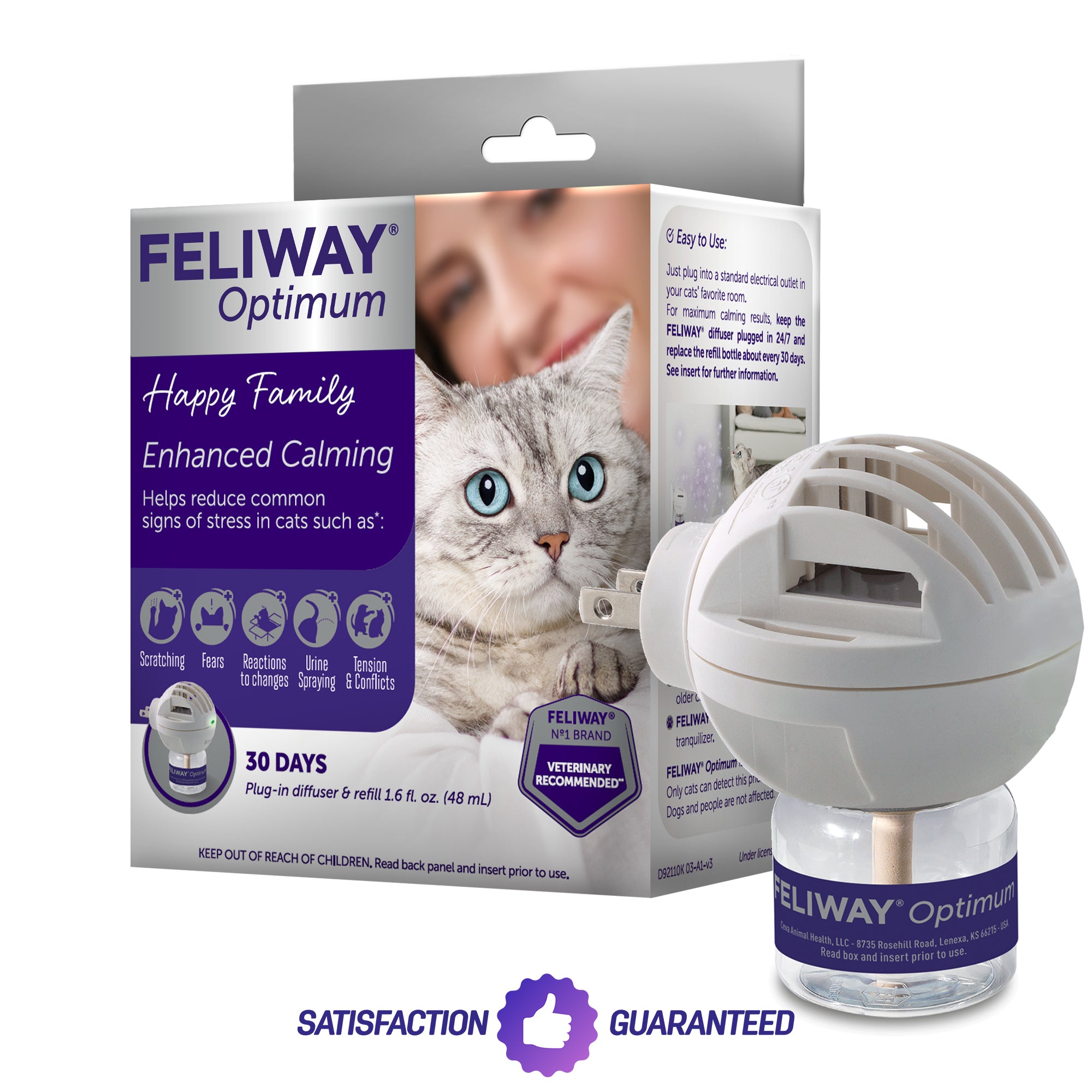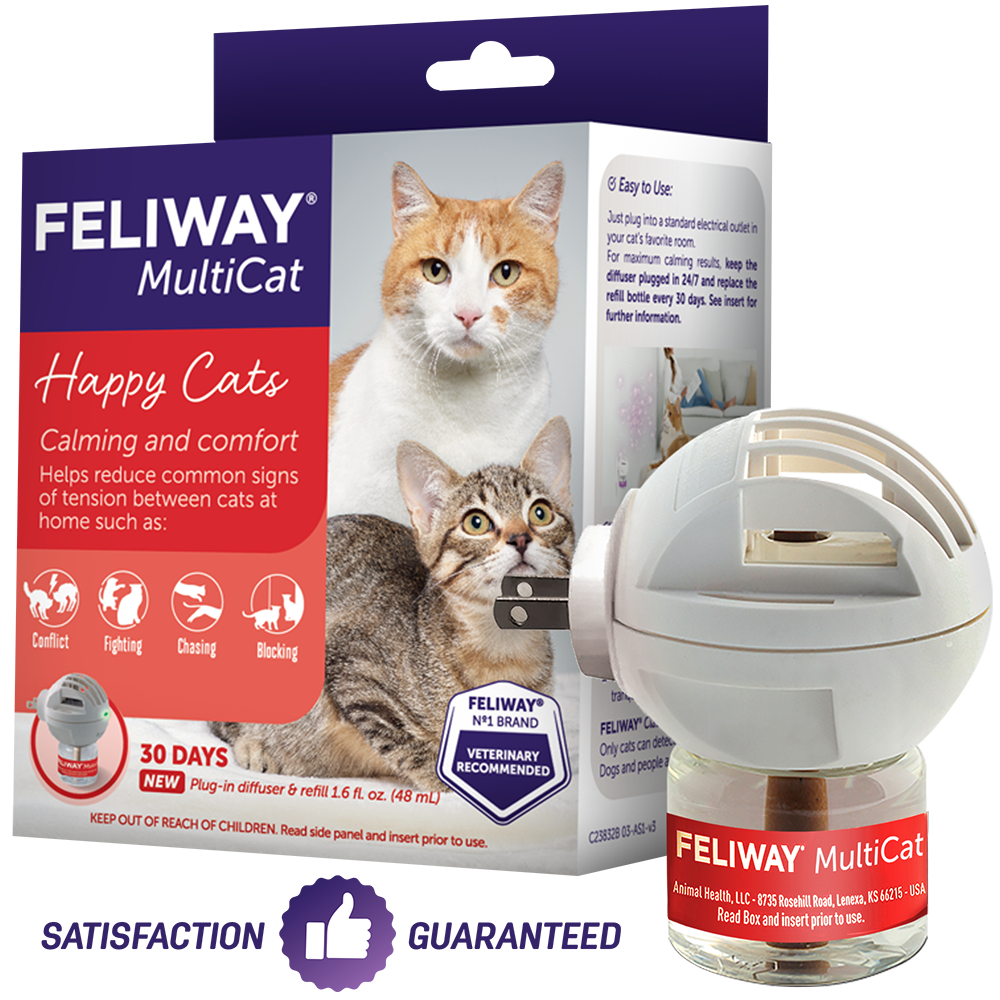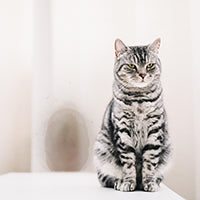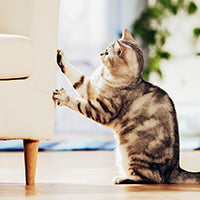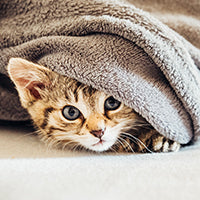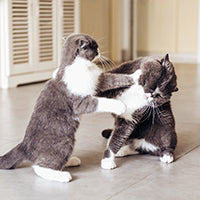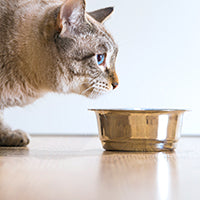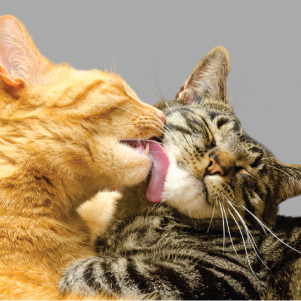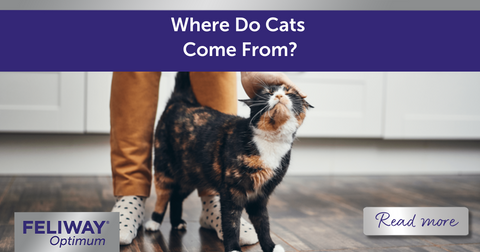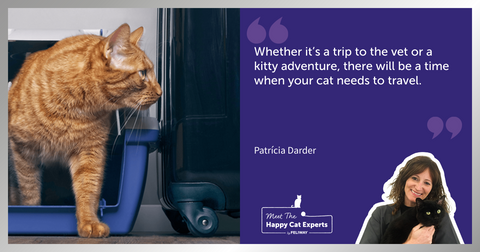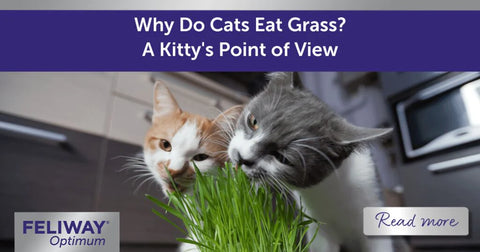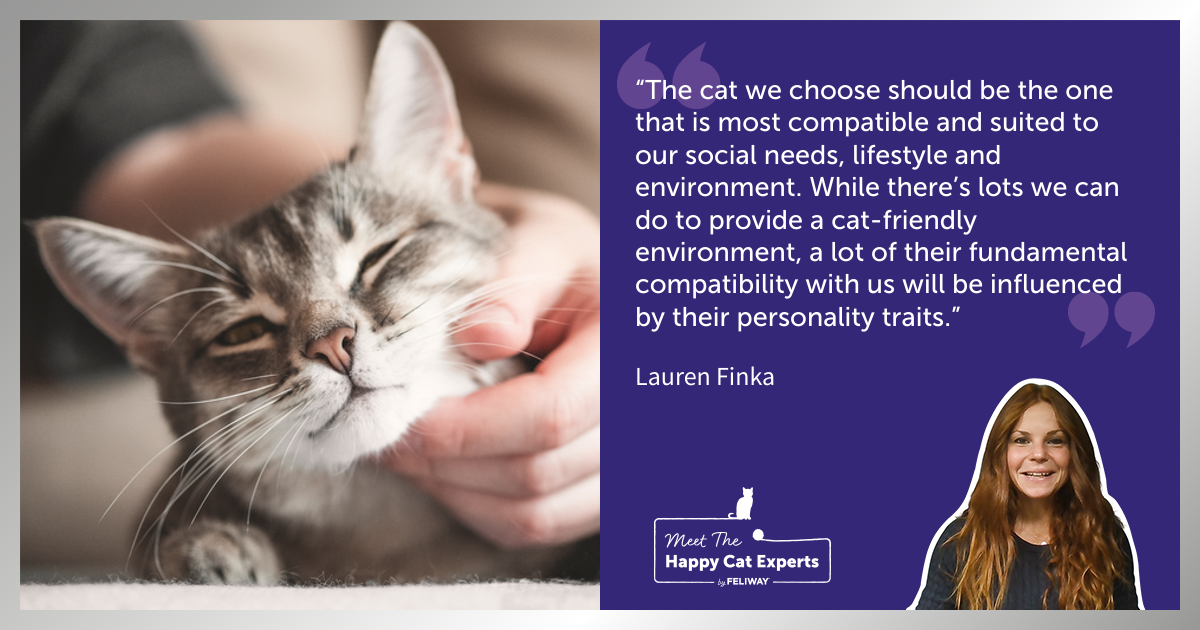
Important Cat Personality Traits: Happy Cat Expert
Cats have the potential to make fantastic and rewarding companions. To best facilitate this, however, choosing the right cat is important! In today’s Happy Cat Expert article, we’re looking at the importance of understanding different cat personality traits and the impact this has on cat behavior.
Cat Personalities
Ideally, the cat we choose should be the one that is most compatible and suited to our social needs, lifestyle and environment. While there’s lots we can do to provide a cat with a cat friendly environment, a lot of their fundamental compatibility with us will be influenced by their personality traits. Giving these traits some careful consideration when choosing or adopting a cat should ultimately lead to a more fulfilling relationship, and a happier, healthier cat companion! As for those of us already sharing our homes with a beloved feline or two, thinking about these cat behaviors will also help us to better understand them and their individual needs.
Sociability Towards Humans
Domestic cats are not born with an affinity towards humans. Instead, this is something they learn through regular positive interactions, particularly during their key sensitive period from around 2-8 weeks of age. If kittens miss out on these crucial first interactions with humans, this can have a big impact on their personality and how they view people for the rest of their lives. For example, it can make them much less friendly and much more fearful and wary.

The temperament of the cat’s parents can also have a big influence on how sociable a cat is capable of being. The more friendly and bold the parents’ personalities, the more sociable the offspring are likely to be too. Of course, this is assuming they are also socialized!
How Can I Tell If A Cat Is Sociable?
A sociable cat will generally seem keen to be near people and appear relaxed in their presence. Signs a cat is sociable could include a relaxed facial expression, ears pointed forwards and no tension or stiffness in their body.
A sociable cat is also more likely to initiate contact with people. On approach, the cat’s tail should be held vertically, sometimes with a small kink in the end. During interactions, they might rub against people with their face and/or body, climb onto their lap, purr, possibly knead on the person with their paws, and may also dribble!
Sociability Towards Other Cats
As for cats’ sociability towards other cats, it’s a similar story. Cats aren’t born with an affinity towards other cats. Instead, positive early experiences with other sociable cats are likely to be key and generally, cats tend to be more sociable towards cats they have grown up with and are related to.
Cats that get on well are more likely to greet with their tails raised vertically, to touch noses, sniff and rub against each other. Other sociable cat behavior to look out for could include playing, resting and sleeping together, as well as grooming one another. In each case, these activities should be mutually appreciated or reciprocated, with both cats taking it in turns to initiate them.
Frustration Tendency
Some cats can become more easily frustrated than others, meaning they can be less tolerant in situations where they don’t feel in control or their expectations are not met. For example, this could be when:
- Their usual feeding time is delayed;
- They want human attention but are being ignored;
- They are suddenly denied access to a valued resource, or an area of the house they usually have access to;
- There are lots of changes or disturbances occurring in the home;
- They do not have a sufficiently mentally or physically stimulating environment.
The way a cat expresses their frustration will vary depending on what’s causing them to become frustrated in the first place. Generally however, an easily frustrated cat may be highly sensitive and reactive to their environment and any changes within it. They may tend to appear relatively alert, agitated or persistent in their behavior and potentially also vocal. An easily frustrated cat might also be less tolerant to being handled or have more specific preferences when it comes to petting, and may also be more likely to bite or lash out with their claws. Other indicators can include a swishing, twitching, thumping or thrashing tail, as well as a stiff or tense posture and ears rotating backwards.
Timidity & Confidence
Some cats may seem very bold and confident whilst others could appear timid and anxious. How timid or confident a cat is will again be influenced by the temperament of their parents and their early life experiences. If a kitten is not carefully and gently exposed to all the sights, smells and sounds they will need to cope with when older – such as traveling in a car, being at the vets or meeting new people – they are more likely to be wary of these experiences as an adult.
To recognize whether a cat has a bold personality, watch out for signs such as being:
- Quick to approach new objects and people;
- Quick to settle in new environments and keen to explore;
- Better able to cope with busy, noisy or generally unpredictable home environments.
Are you interested in learning more about different personalities and behaviors in cats? Get in touch! We love talking about our feline friends and are happy to share our advice. As well as following our other Happy Cat Expert articles, you can also stay informed with our latest tips and Q&As by signing up to our newsletter.
